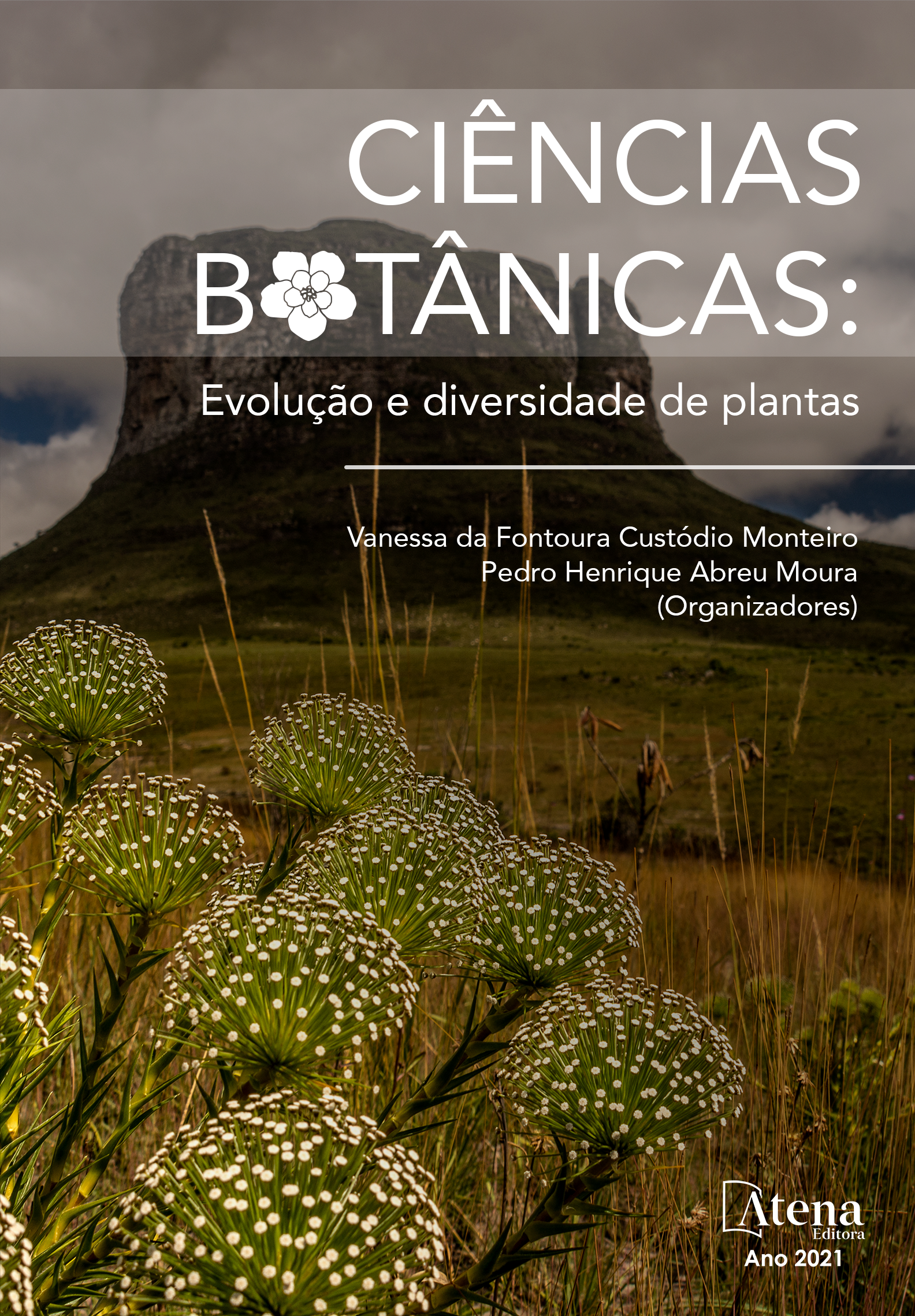
RESPOSTAS MORFO-ECOLÓGICAS DE TECTARIA INCISA CAV. EM DIFERENTES SITUAÇÕES AMBIENTAIS EM REMANESCENTE DE FLORESTA ATLÂNTICA SUBMONTANA, PARACAMBI, RJ
Ferns along with lycophytes compose a generic group of seedless vascular plants named pteridophytes. Tectaria incisa Cav. is a native rupicular or terrestrial fern, with a broad geographic and environmental occurrence, due to its phenotypic plasticity. This research aimed to analyze the morphological and phenological responses of T. incisa in different environmental conditions of luminosity and substrate, in an Atlantic Forest remnant of the Curió Municipal Natural Park, at Paracambi, RJ. Four environmental categories were defined for comparative analysis purposes: A - terrestrial substrate in shade; B - rocky substrate in shade; C - terrestrial substrate exposed to the sun; D - rocky substrate exposed to the sun. In each environmental category, ten individuals were analyzed, by collecting biological data of morphology (structural measures of the leaves and rhizome) and phenology (number of leaves at different stages) and analyzing through the application of ANOVA. It was found that the type of substrate influences the variation in the number of totals, fertile and senescent fronds; and that individual established in the shaded terrestrial substrate have larger leaf and leaf blade sizes. The rhizomes with the greater volume were observed in individuals in the rocky substrate, and the luminosity was decisive for the measurements of the space between the pinnacles, demonstrating that species that grow in the shade avoid the overlapping of pinnacles on the leaf blade. These results indicate some phenological and morphological variation of T. incisa in response to habitats conditions, expressing the phenotypic plasticity of the species as a strategy for colonization of various microhabitats. Tectaria incised Cav. was characterized as an important data source in plant behavior research, expressing the potential of ferns as a model for morpho-ecological analyzes in response to environmental variations, which can guide environmental management strategies aimed at biological and ecosystem conservation.
RESPOSTAS MORFO-ECOLÓGICAS DE TECTARIA INCISA CAV. EM DIFERENTES SITUAÇÕES AMBIENTAIS EM REMANESCENTE DE FLORESTA ATLÂNTICA SUBMONTANA, PARACAMBI, RJ
-
DOI: 10.22533/at.ed.8332112114
-
Palavras-chave: Plant ecology, Phenotypic plasticity, Pteridophytes, Ferns, Phenology.
-
Keywords: Ecologia Vegetal, plasticidade fenotípica, pteridófitas, samambaias, fenologia.
-
Abstract:
As samambaias, junto com as licófitas, compõem um grupo genérico de plantas vasculares sem sementes chamado de pteridófitas. Tectaria incisa Cav. é uma samambaia nativa de hábito rupícola ou terrestre, de ampla ocorrência geográfica e ambiental, graças a sua plasticidade fenotípica. Esta pesquisa buscou analisar respostas morfológicas e fenológicas de T. incisa a diferentes situações ambientais, com variação de luminosidade e substrato, em remanescente de Floresta Atlântica do Parque Natural Municipal do Curió, Paracambi, RJ. Foram definidas quatro categorias ambientais para fins de análise comparativa: A- substrato terrícola na sombra, B- Substrato rochoso na sombra; C- substrato terrícola exposto ao sol; D- Substrato rochoso exposto ao sol. Em cada categoria ambiental foram analisados dez indivíduos, para os quais foram coletados dados biológicos de morfologia (medidas estruturais das folhas e rizoma) e fenologia (números de folhas em diferentes estágios), analisados através da aplicação de ANOVA. Verificou-se que o tipo de substrato influencia na variação do número de frondes totais, férteis e senescentes; e que os indivíduos estabelecidos no substrato terrícola sombreado apresentam maiores tamanhos de folha e lâmina foliar. Os rizomas com maior volume foram observados em indivíduos de substrato rochoso, e a luminosidade foi determinante para as medidas do espaço entre as pinas, evidenciando que espécies que crescem na sombra evitam a sobreposição das pinas na lâmina foliar. Esses resultados evidenciam algumas variações fenológicas e morfológicas de T. incisa em resposta às condições dos habitats, expressando a plasticidade fenotípica da espécie como estratégia para colonização de variados microhabitats. Tectaria incisa Cav. caracterizou-se como uma interessante fonte de dados em pesquisa de comportamento vegetal, expressando o potencial das samambaias como modelo para análises morfo-ecológicas em resposta a variações ambientais, que podem direcionar estratégias de manejo ambiental visando a conservação biológica e ecossistêmica.
-
Número de páginas: 18
- Yumi Okumura Moliné


